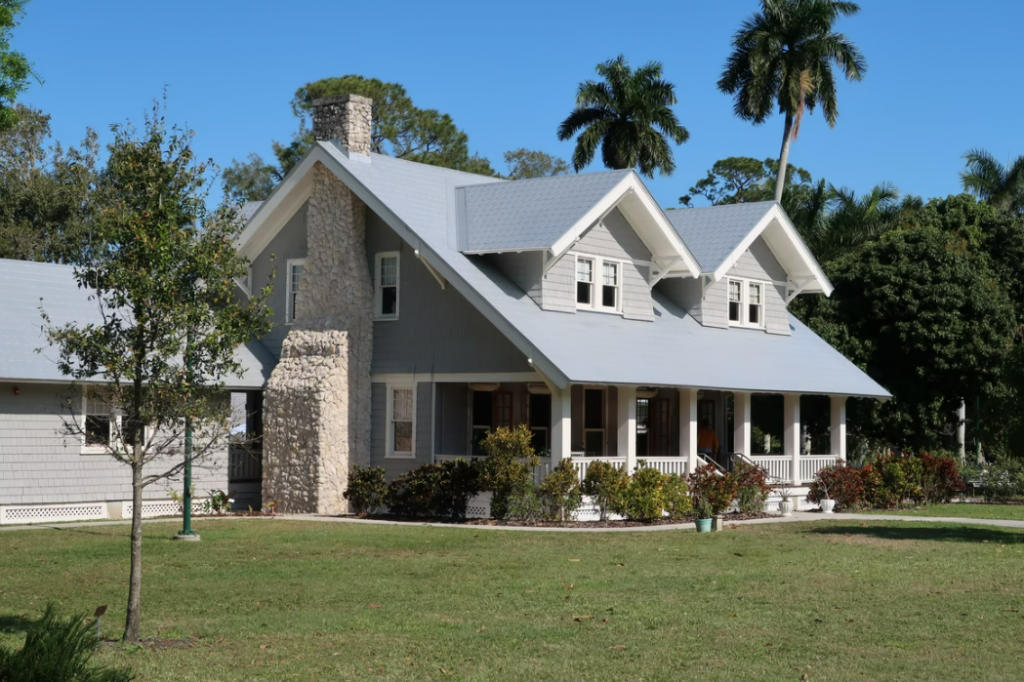Whether you’ve owned your home for years or you’re buying an older home, foundation issues can be common. However, even if an older home has some foundation problems, you don’t need to start panicking yet. There are several types of foundation repair that can stabilize and repair the foundation.


There are numerous telltale signs of structural damage due to foundation problems. Cracks in either interior or exterior walls are a sign of foundation damage. Another sign is uneven floors, especially in the basement, garage, or patios.
Sometimes windows that will not open or close properly can also be a sign of structural damage. Another sign is gaps between doors and door frames, including garage doors.
The type of soil your home is built on is a common cause. Clay soils are the worst because they can expand when they get wet and then shrink when they dry. The movement of the soil causes the foundation of your home to shift, which causes structural damage.
Other causes can include poor drainage around your home or plumbing problems leaking water under the house. Building homes on improperly compacted soil can also cause foundation problems. As the soil compacts on its own over the years, the foundation can shift and move.
House underpinning is a process that will strengthen and support the existing foundation. Underpinning is done in stages to reduce the risk of compromising the structure’s integrity as the work is ongoing.
The foundation is supported with the use of concrete or steel beams. These new supports can be constructed above, below, or as a replacement to the older existing footing. These concrete or steel beam pins are placed in strategic load-bearing positions. The pins then transfer the weight of the home to the concrete or metal bases or pins.
Slab jacking or mud jacking is another repair for concrete foundations if the concrete is sinking. The contractor will drill strategically placed holes into the existing foundation and then inject a compound of foam and grout under the foundation. This process will raise the foundation to its original position.
A compound of polyurethane chemical grout is injected directly into the soil through half-inch steel rods. The chemical grout changes the chemical makeup of the surrounding soil, causing the soil to develop low viscosity. The injected grout will saturate the soil and begin to stabilize the soil.
House underpinning is often the best option for sinking foundations since it can stabilize and even reverse a sinking foundation. However, there are other repair options as well. Slab jacking will raise a sinking foundation but might not help the underlying condition. Grout injection will stabilize unstable soils, which can keep the problem from getting worse or recurring.
You must be logged in to post a comment.